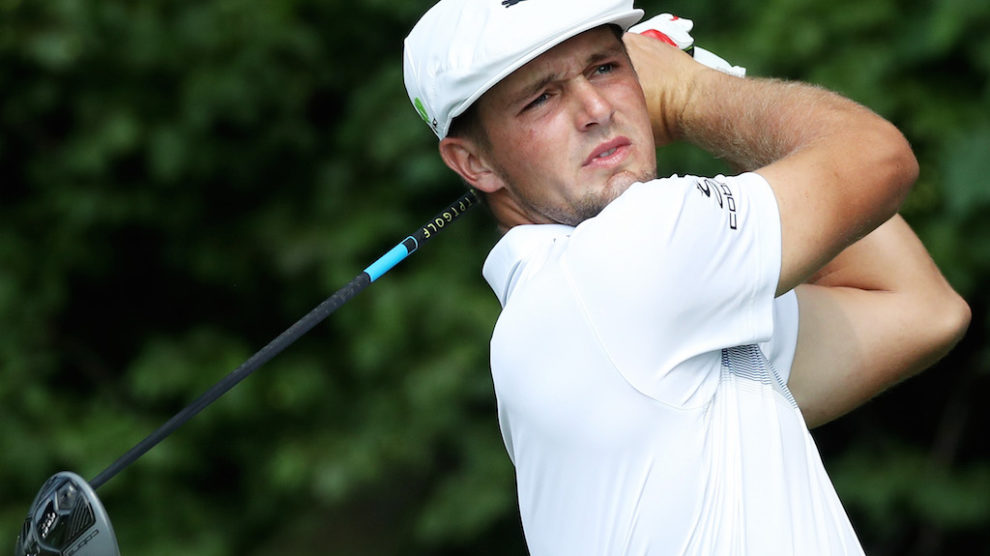When Bryson DeChambeau first came out on Tour, he immediately turned heads with a game that was dictated almost entirely by physics. DeChambeau was the first of his kind, the first player to build their entire golf game around TrackMan numbers and various variables.
DeChambeau won both the NCAA individual championship and the US Amateur before turning pro, so it was clear that his strategy was working as he began his career on Tour. There were certainly doubts early on, as DeChambeau took plenty of heat for his complete non-conformity.
His single-length irons, lengthy conversations with caddy Tim Tucker before shots and a personality that was more like a physics professor than a golfer made him subject to animosity from fans early in his career.
DeChambeau doubled down on his methods when he added more muscle that made him look more like a linebacker than a golfer to become the longest hitter on the PGA Tour. He certainly accomplished his goal.
A win at last year’s US Open at Winged Foot completely validated DeChambeau’s style of play and proved that he would be a force to be reckoned with for years to come.
DeChambeau struggled Thursday, signing for a 73. The poor start led to yet another late-night practice session as he relentlessly beat balls until the sky turned pitch black. DeChambeau said he didn’t find anything during practice last night, but had a realization in the middle of the night.
“I was sleeping and it came to me in the middle of the night, woke up and I was like I'm going to try this,” he said. “I went out, and my intuition is pretty good, so I went out and tried it and it worked, just keeping the right wrist bent for a lot longer through impact.”
The new feeling worked as DeChambeau bounced back with a 2-under 69 in the second round to move to level par and put himself squarely in contention for the weekend.
In golf, players are often classified as either technical players or feel players. DeChambeau takes the technical side to the furthest extent possible, but he is also trying to integrate feel in his game. He even goes as far as to hit balls with his eyes closed to isolate the feelings in his swing.
“When I was younger, I would close my eyes and I would just hit golf balls in the dark with my eyes closed trying to feel and sense my body, get a better perception of what's going on with my body,” DeChambeau said.
Everything DeChambeau says and does on and off the golf course is calculated as technically as possible, so much so that he was dubbed the “mad scientist” early in his career. The science side of things is now starting to give way to more artistry as DeChambeau continues to progress in his career and start to master some of the scientific things he is working on.
“Complexity initially creates simplicity in the end. If you try and make it simple in the beginning, there's a lot of variables you're trying to understand, and it can get pretty messy down the road if you try and make it too simple in the beginning,” DeChambeau said.
“This isn't a mad scientist. it's more about trying to understand as many variables beforehand, then go out and paint a picture. I'm trying to be an artist and sense and feel and get a good gauge of like the wind and what's going on, and I try and mold the science with it, but it’s mainly an art for me. I think a part of that art is utilizing the science.”

